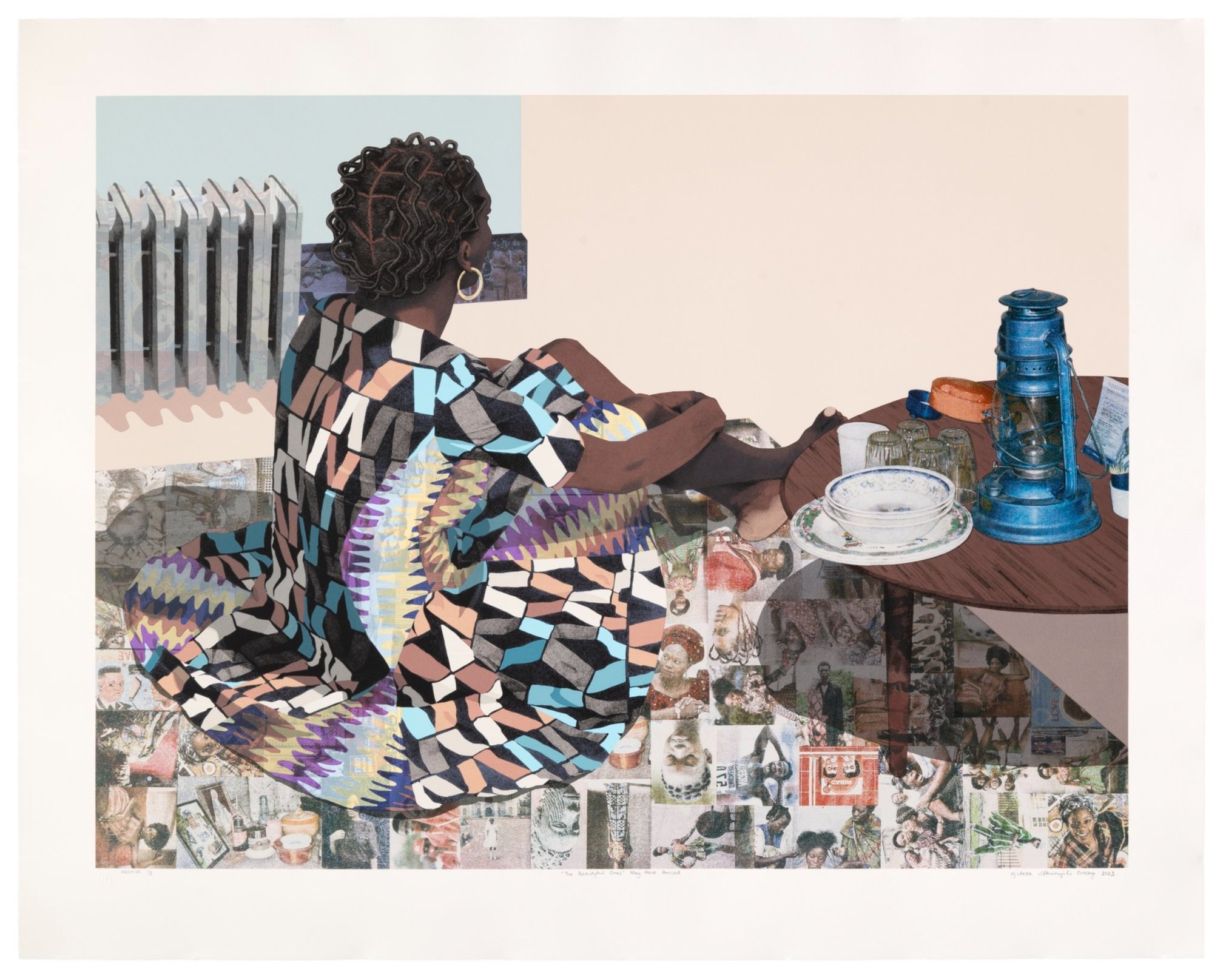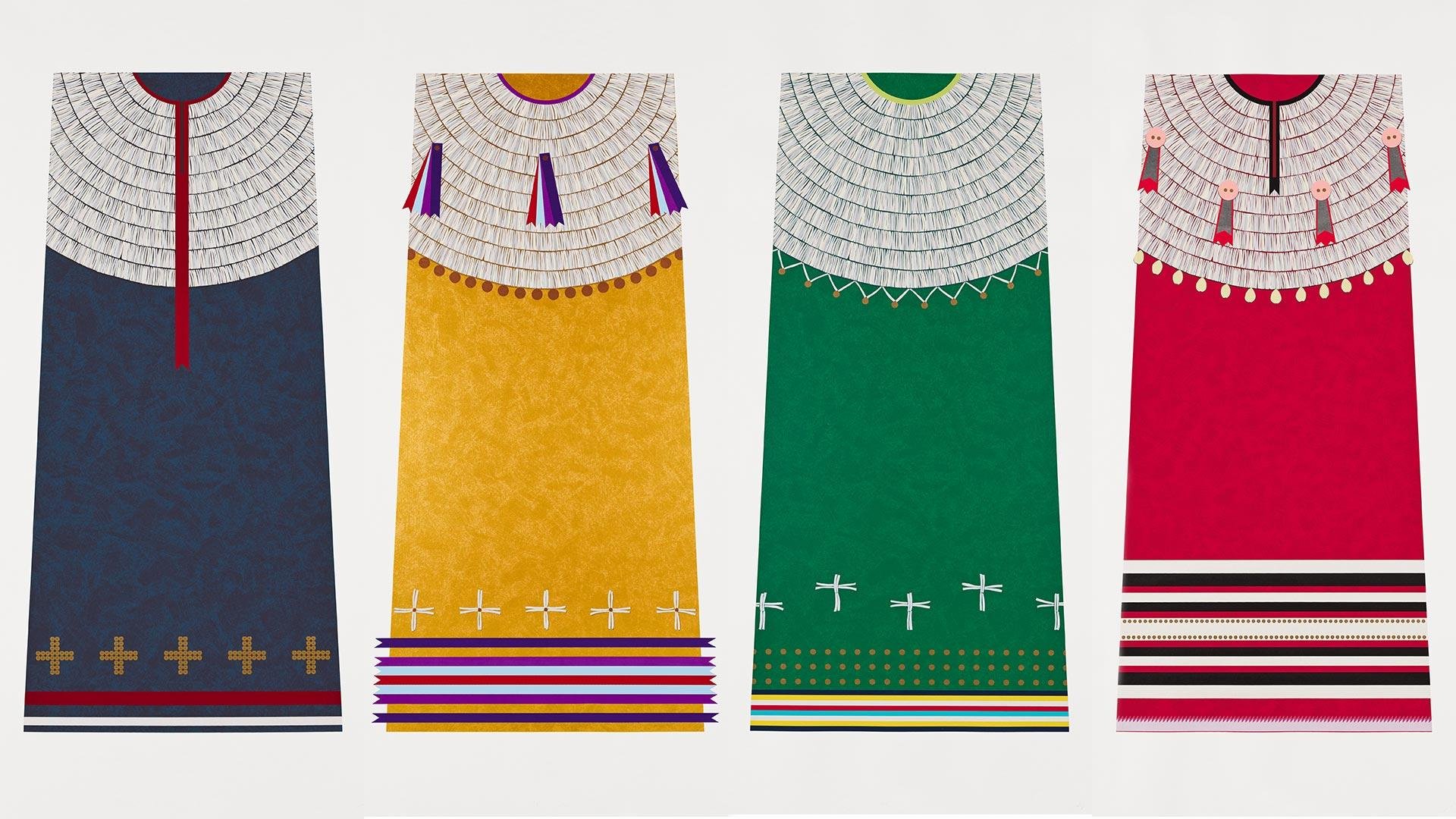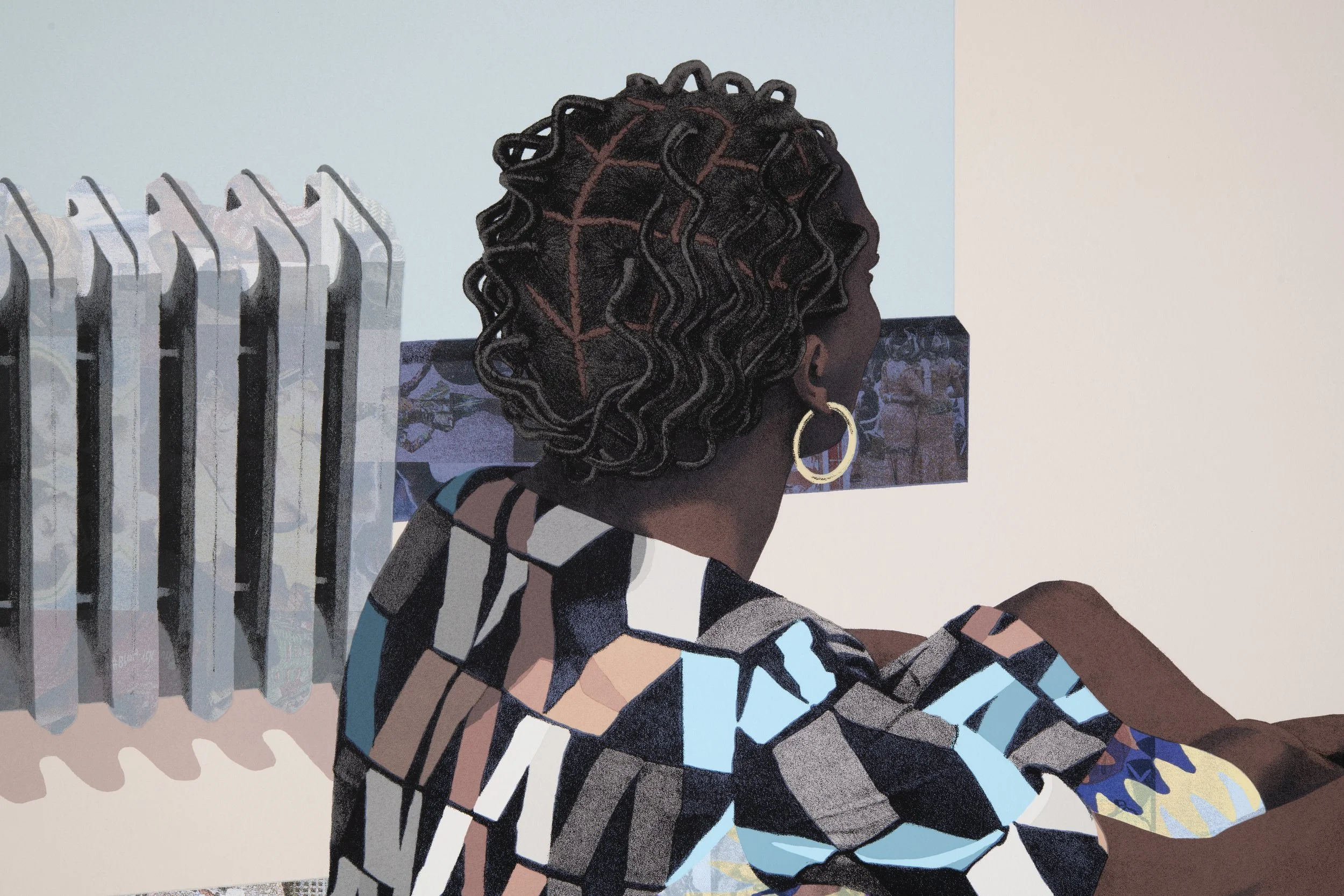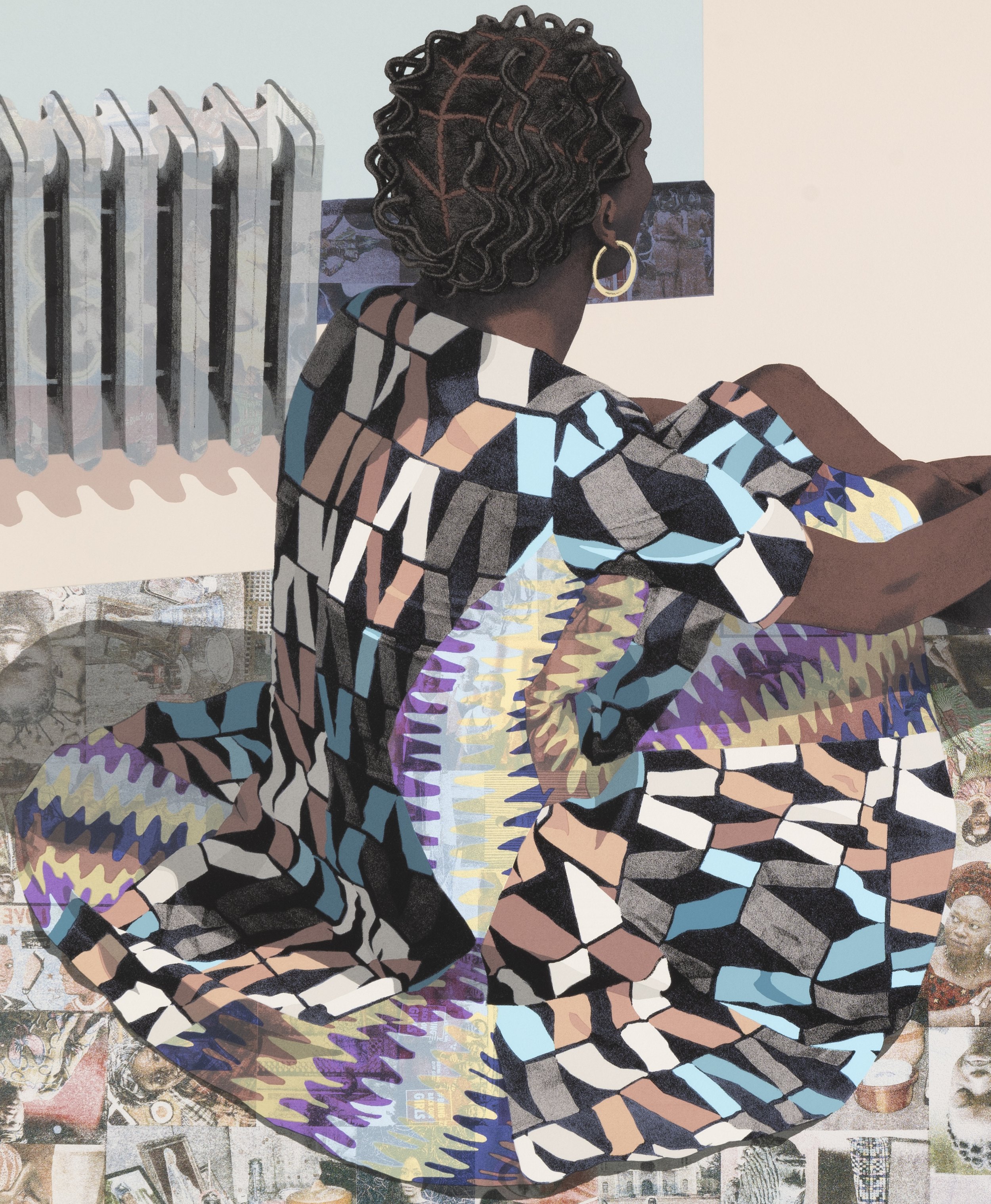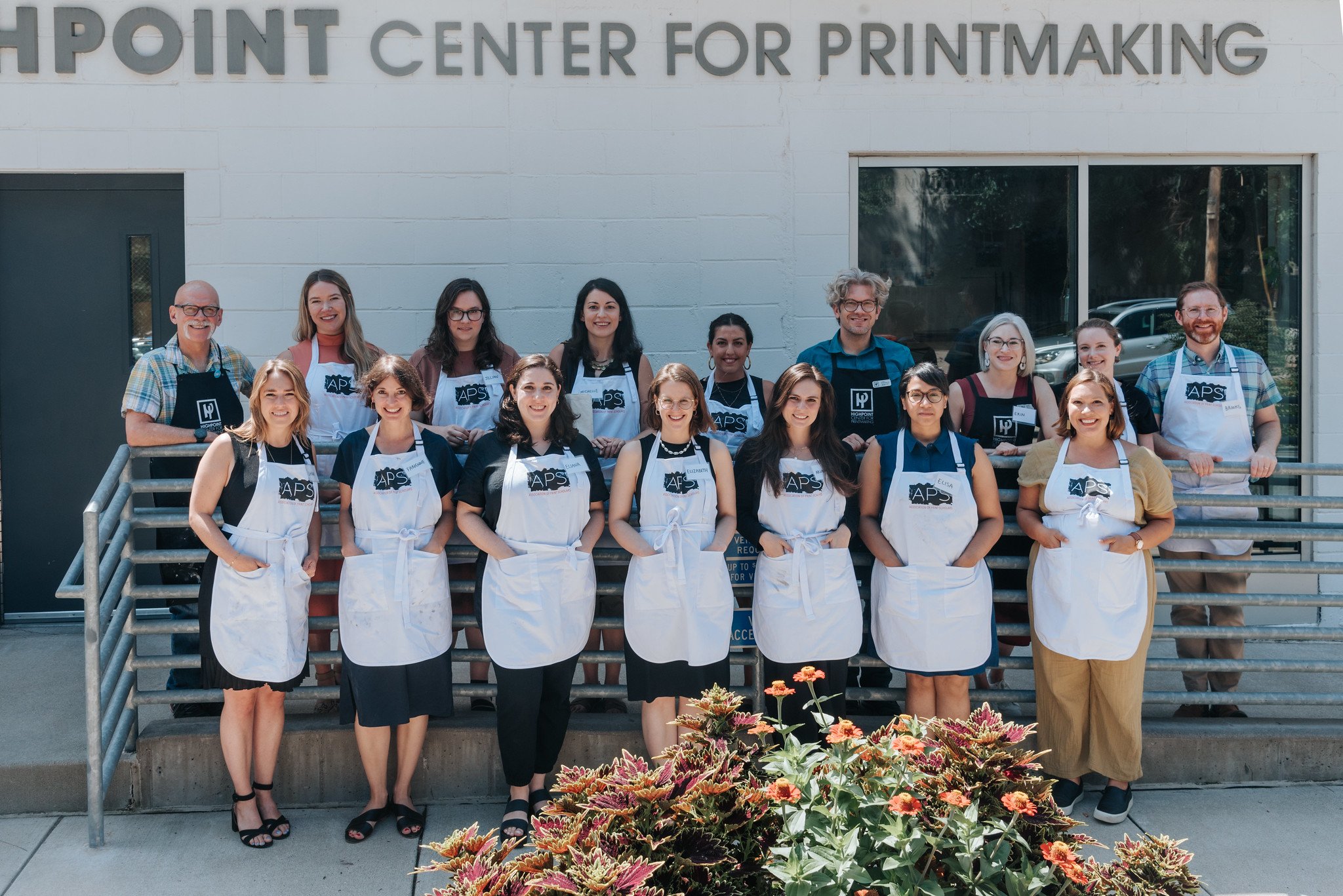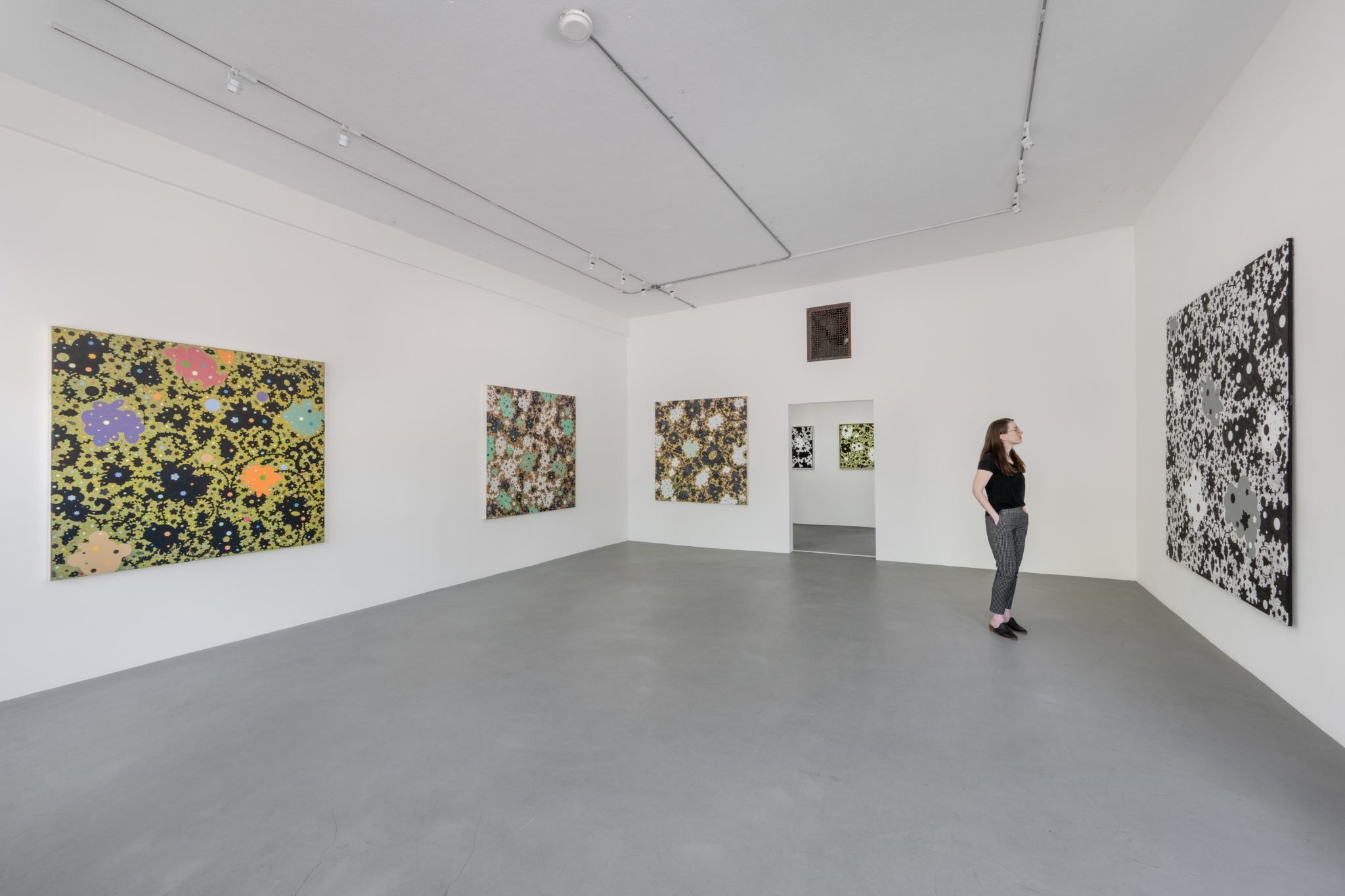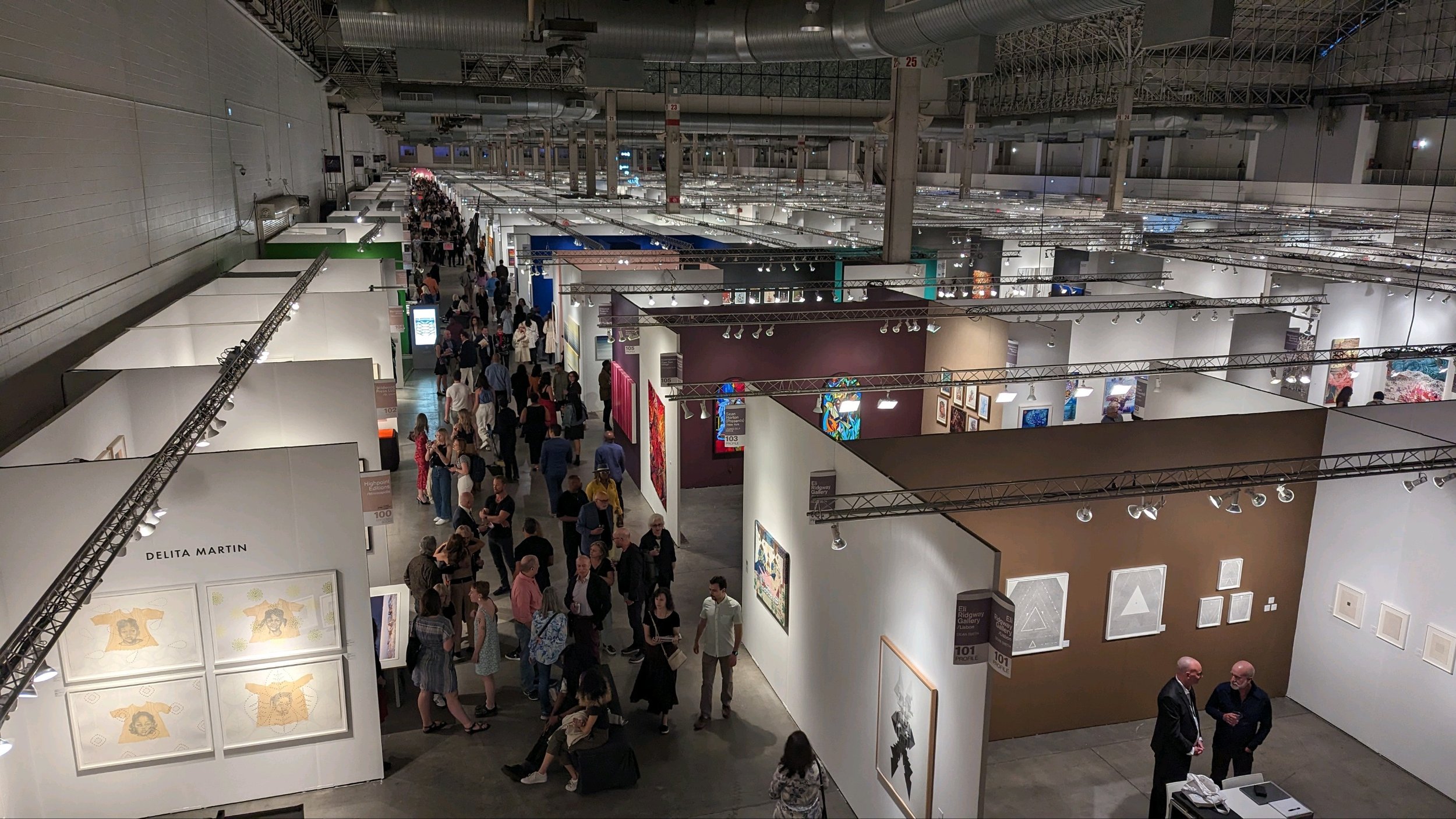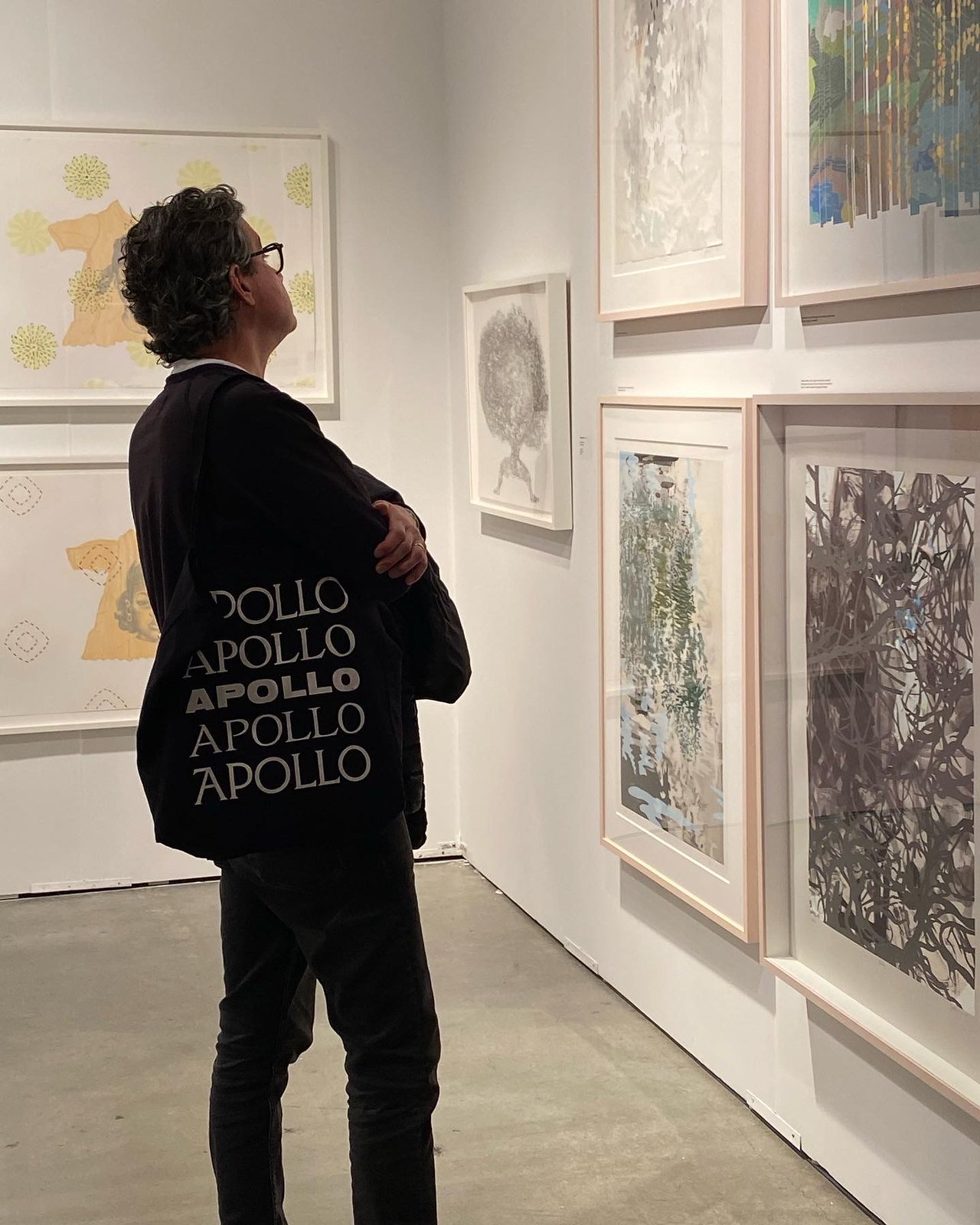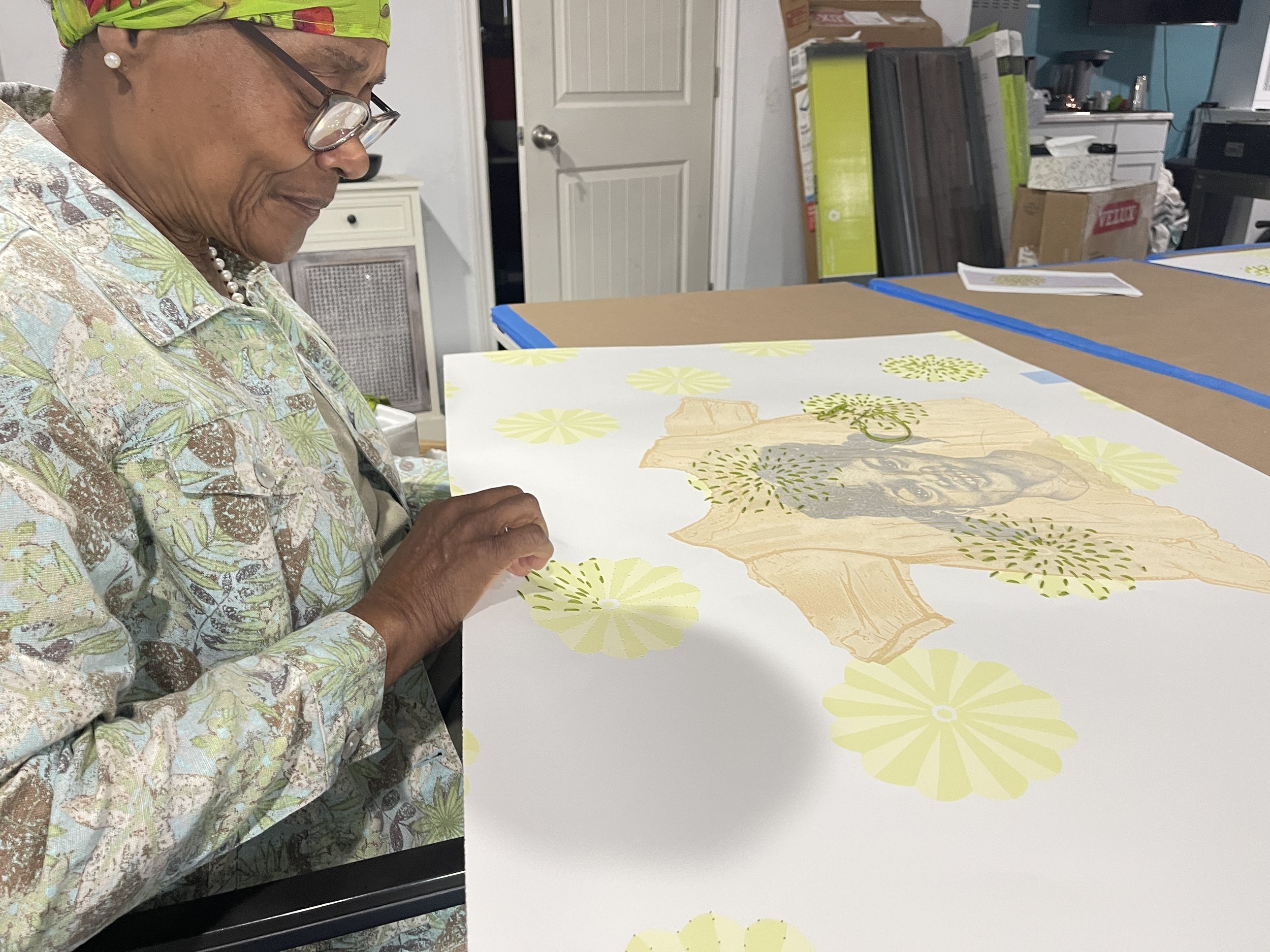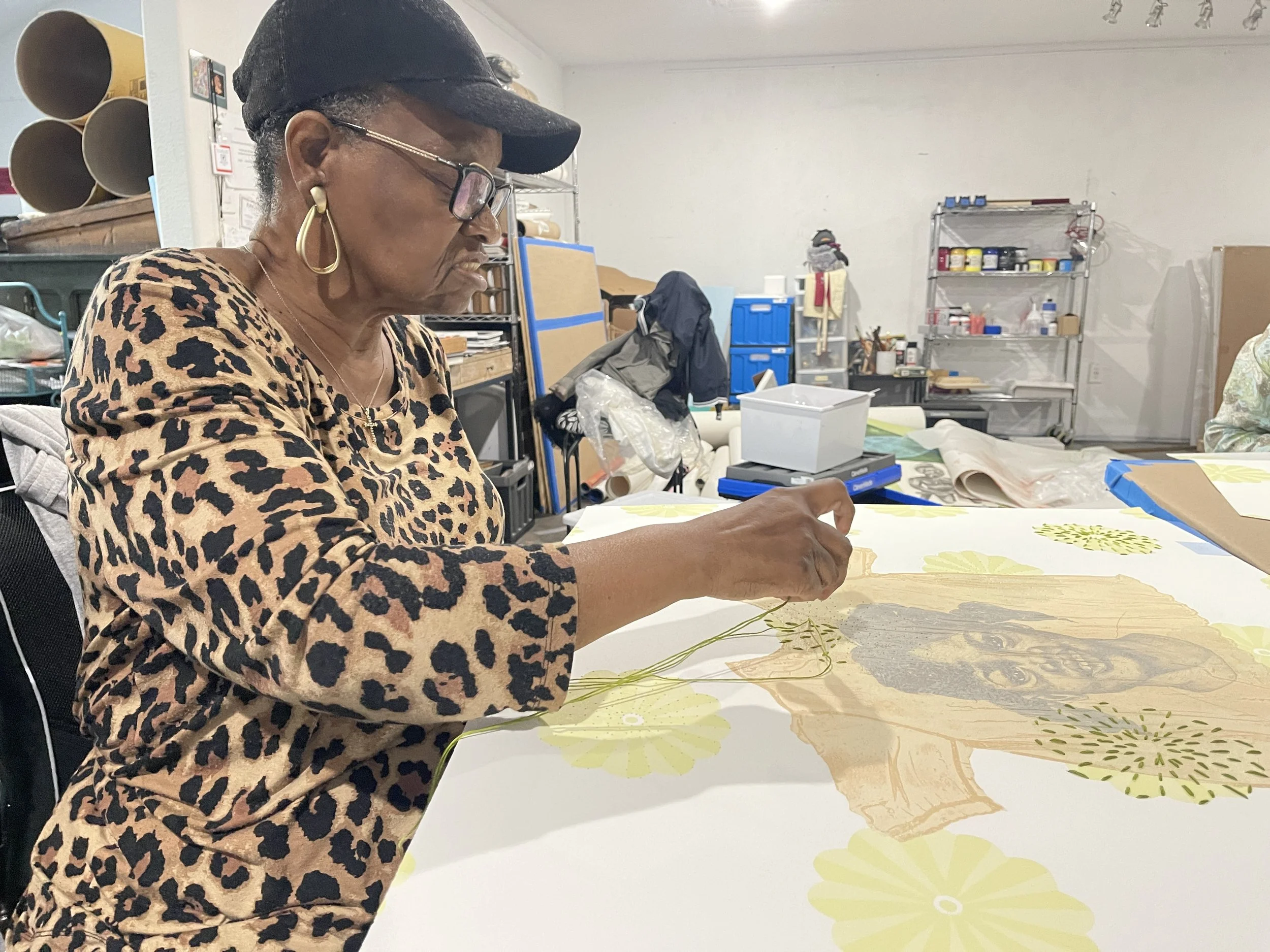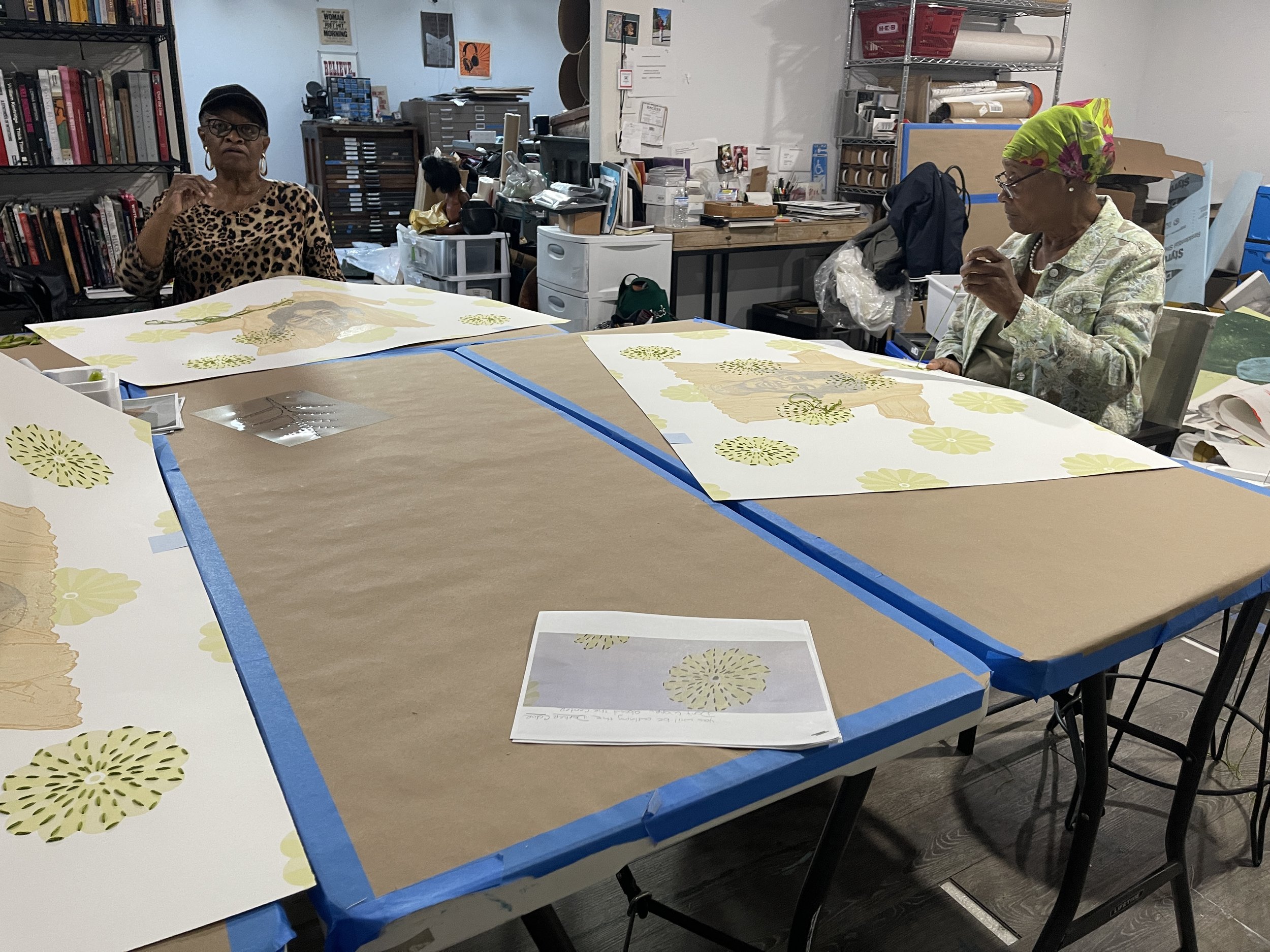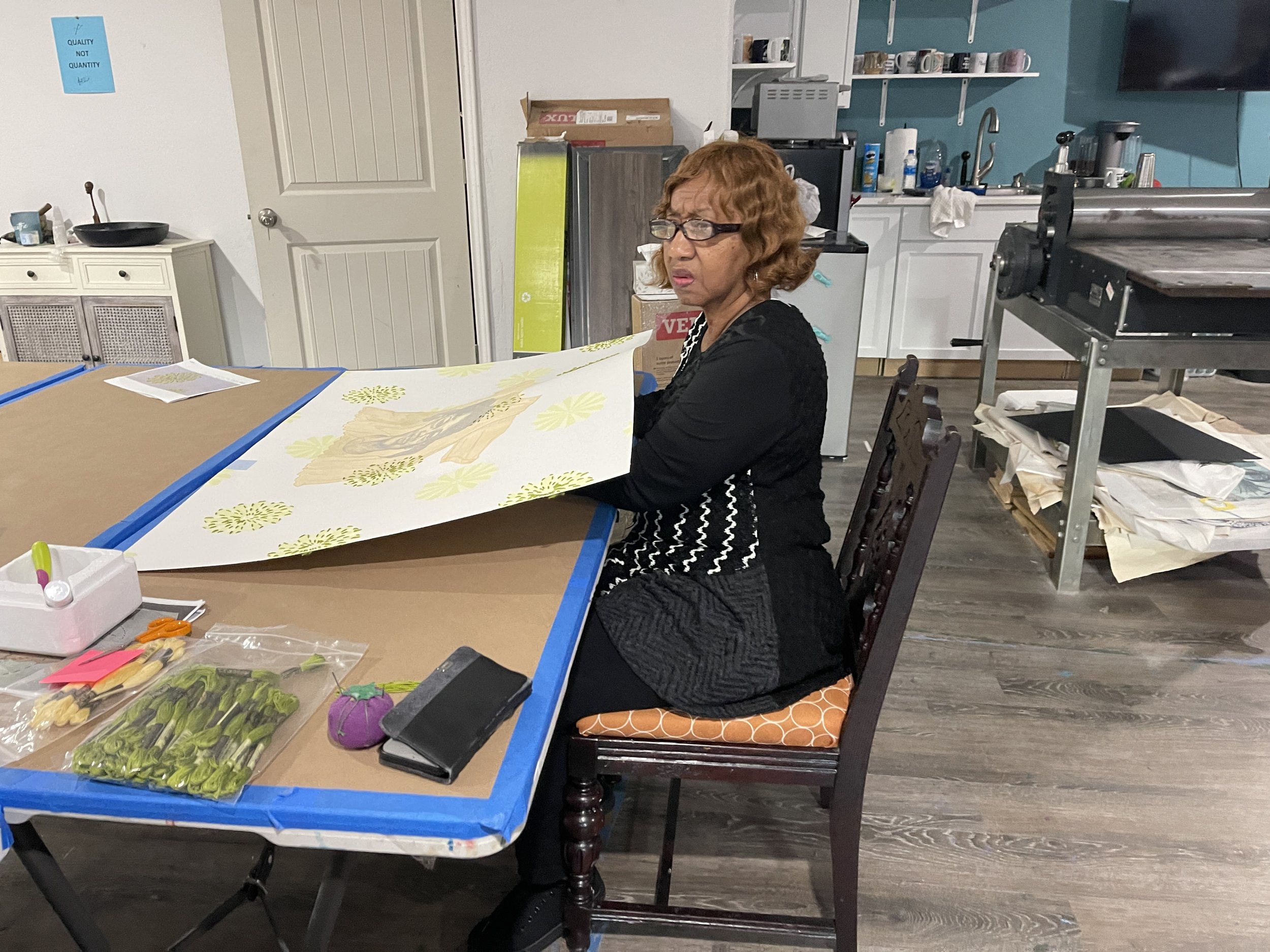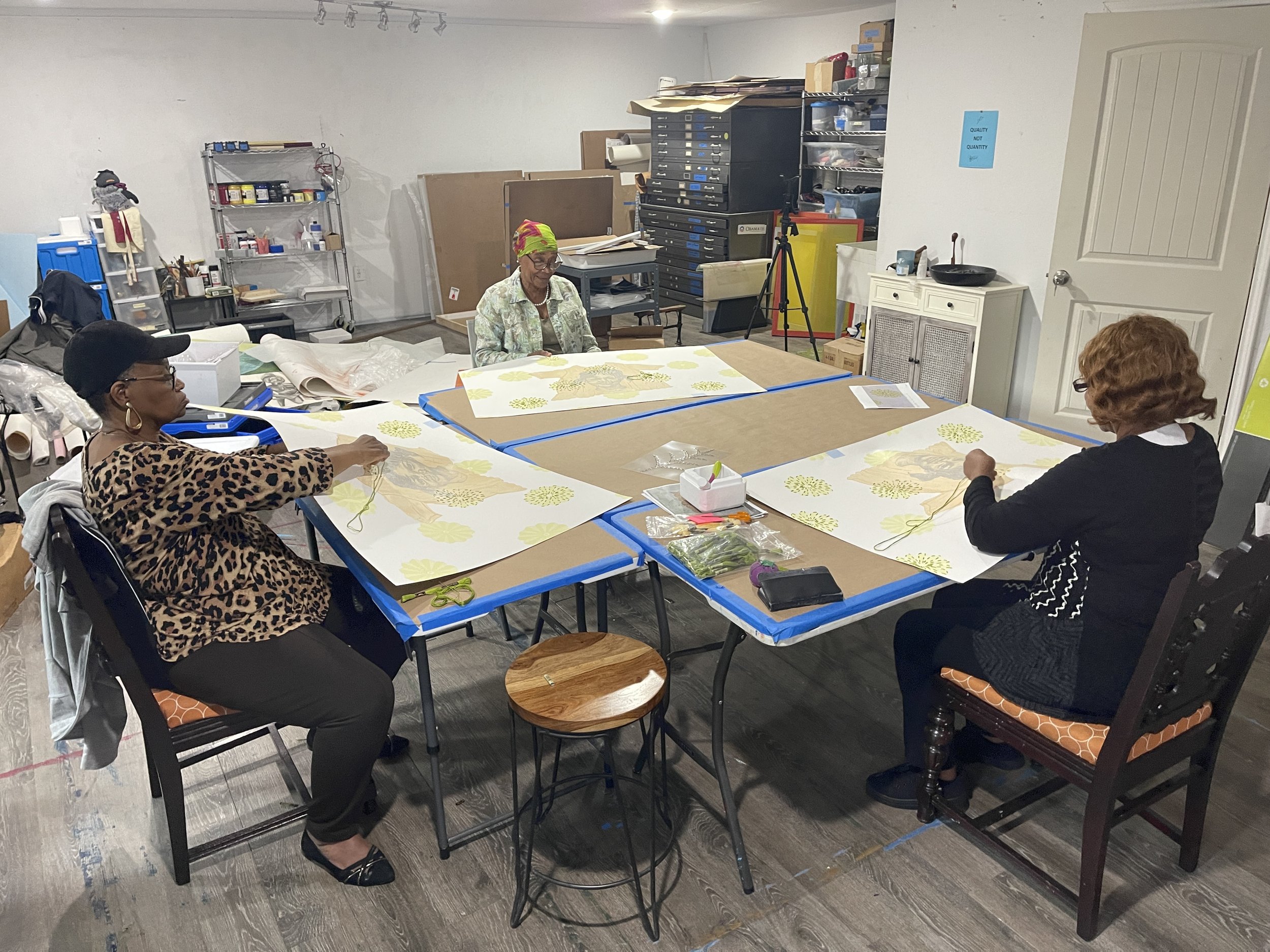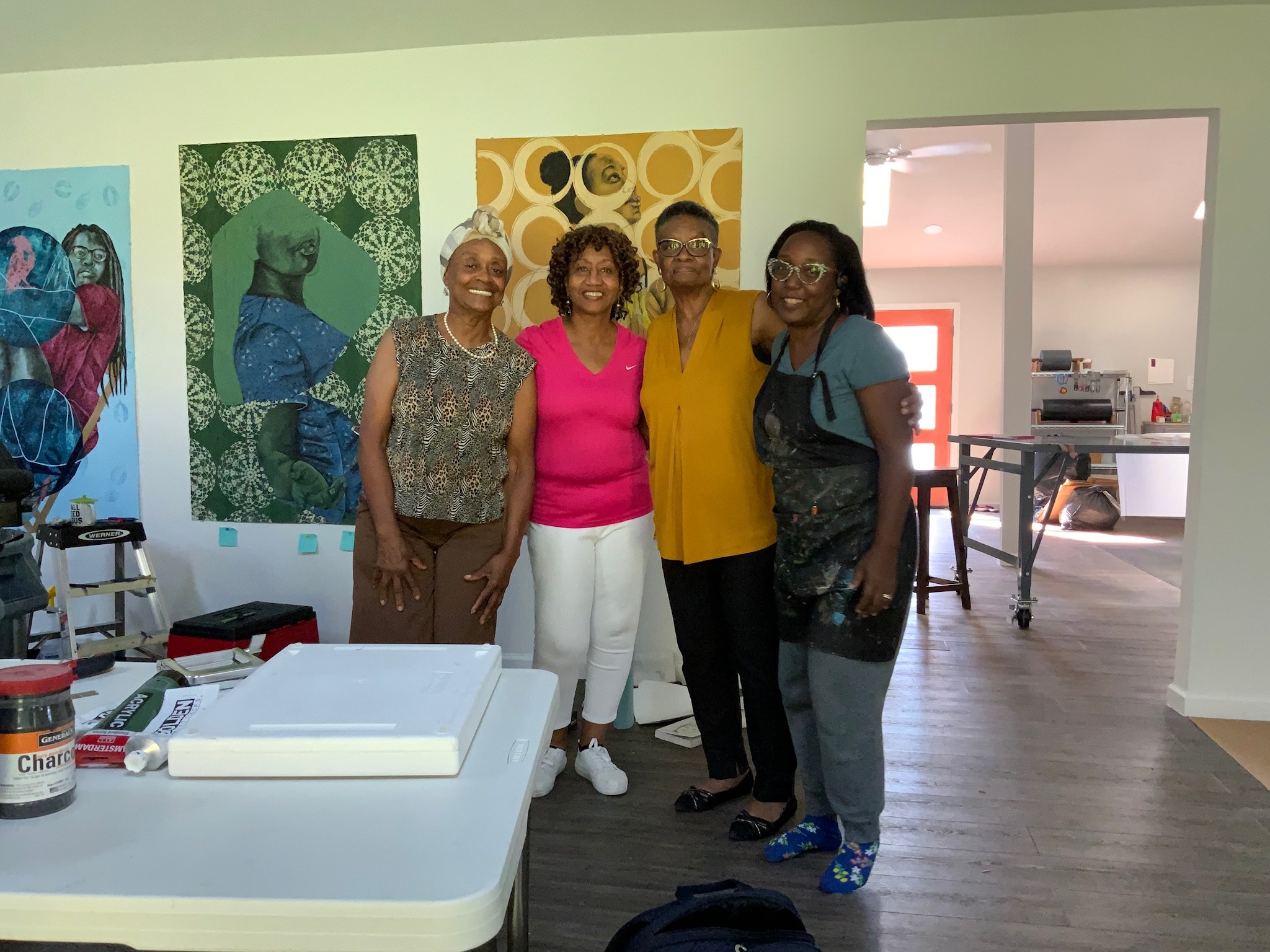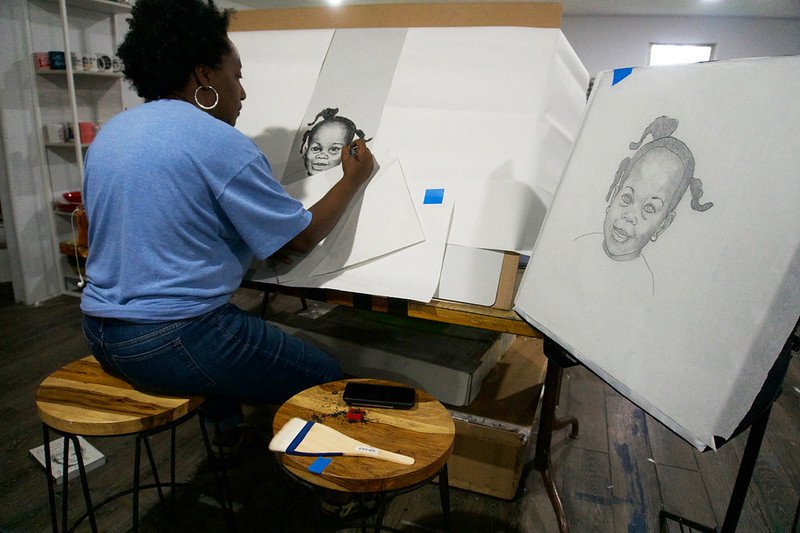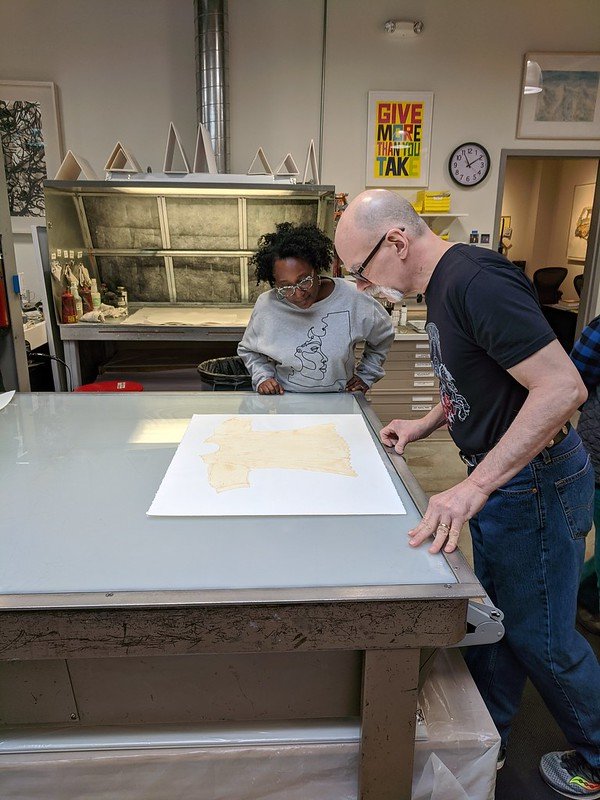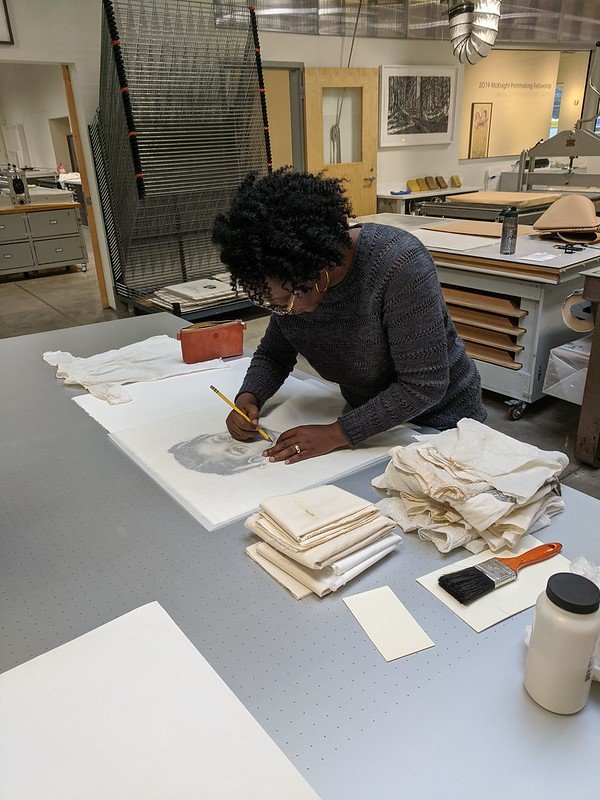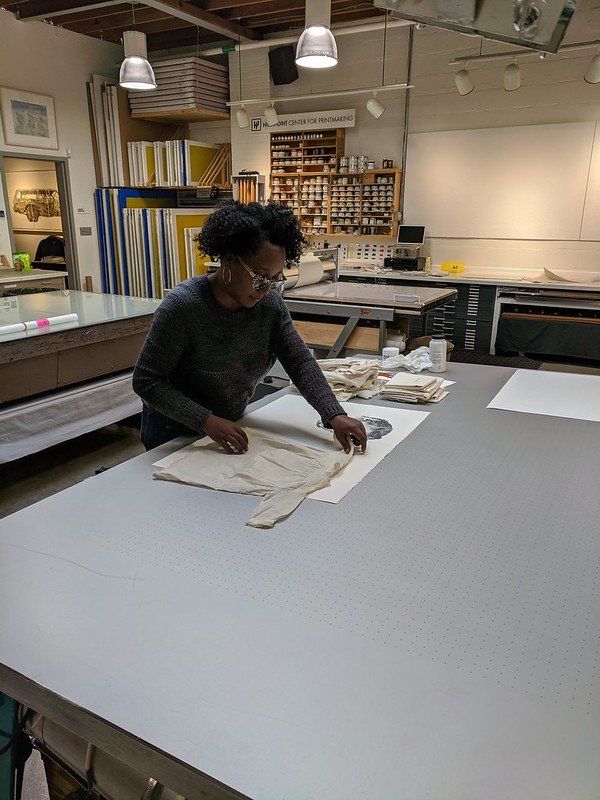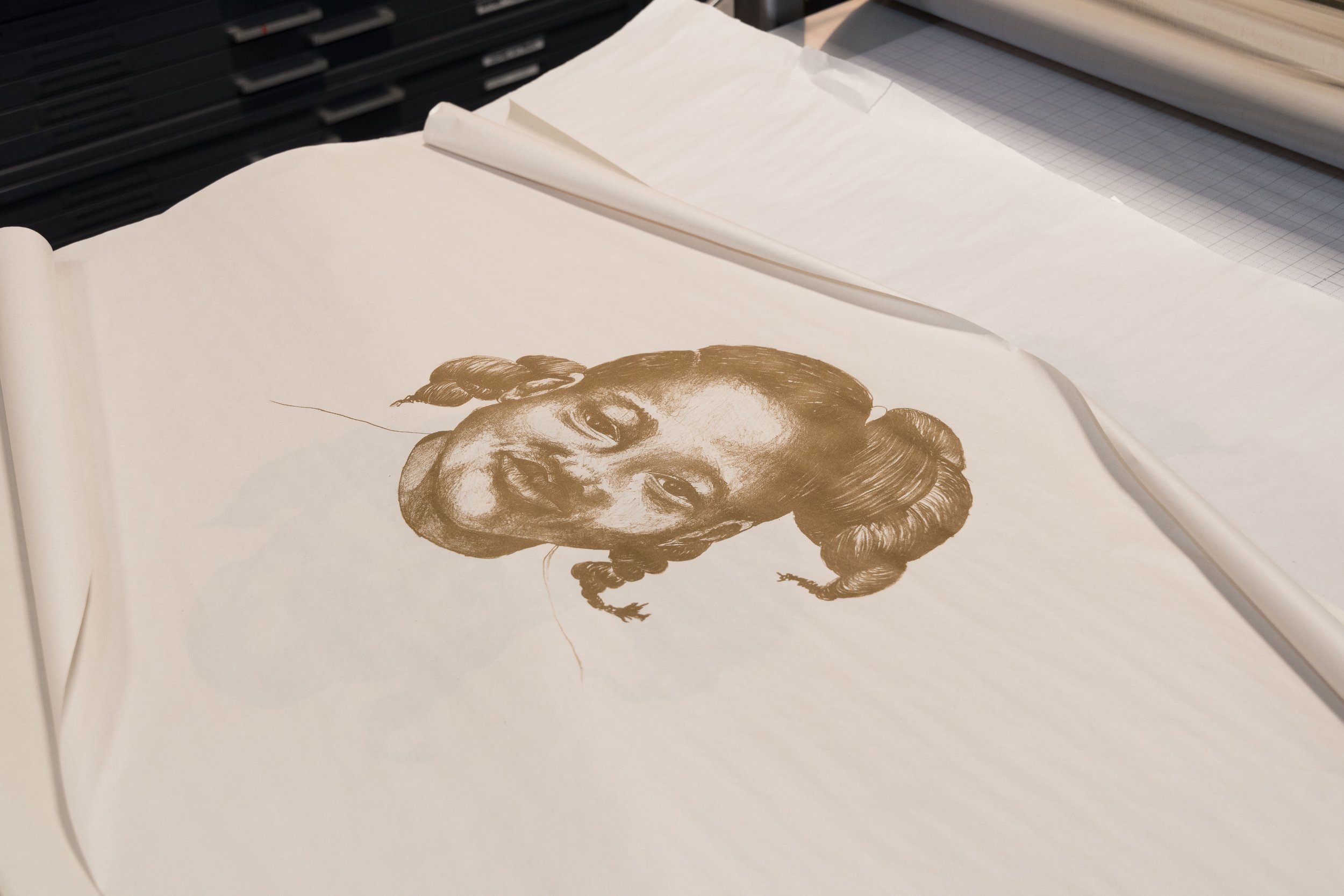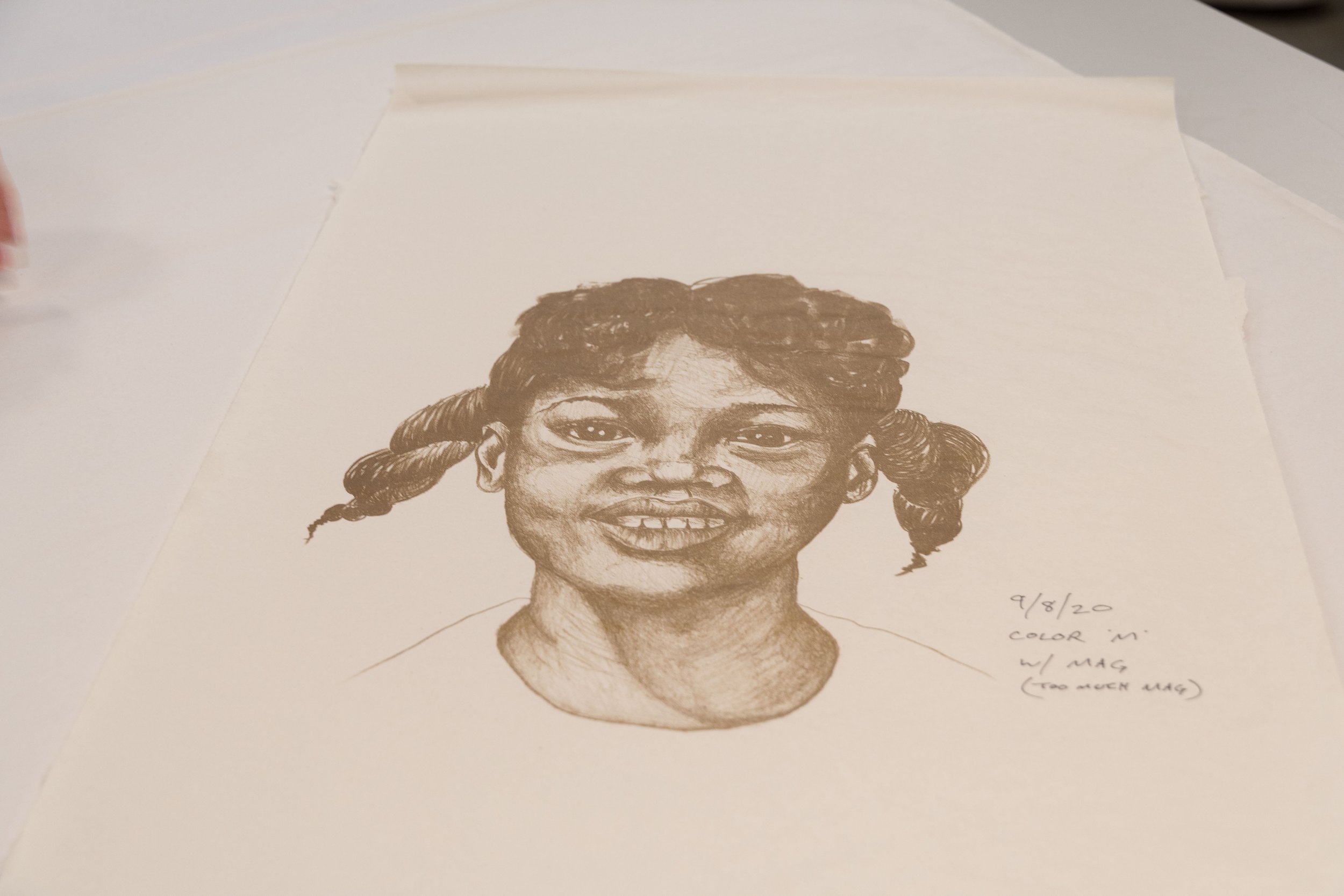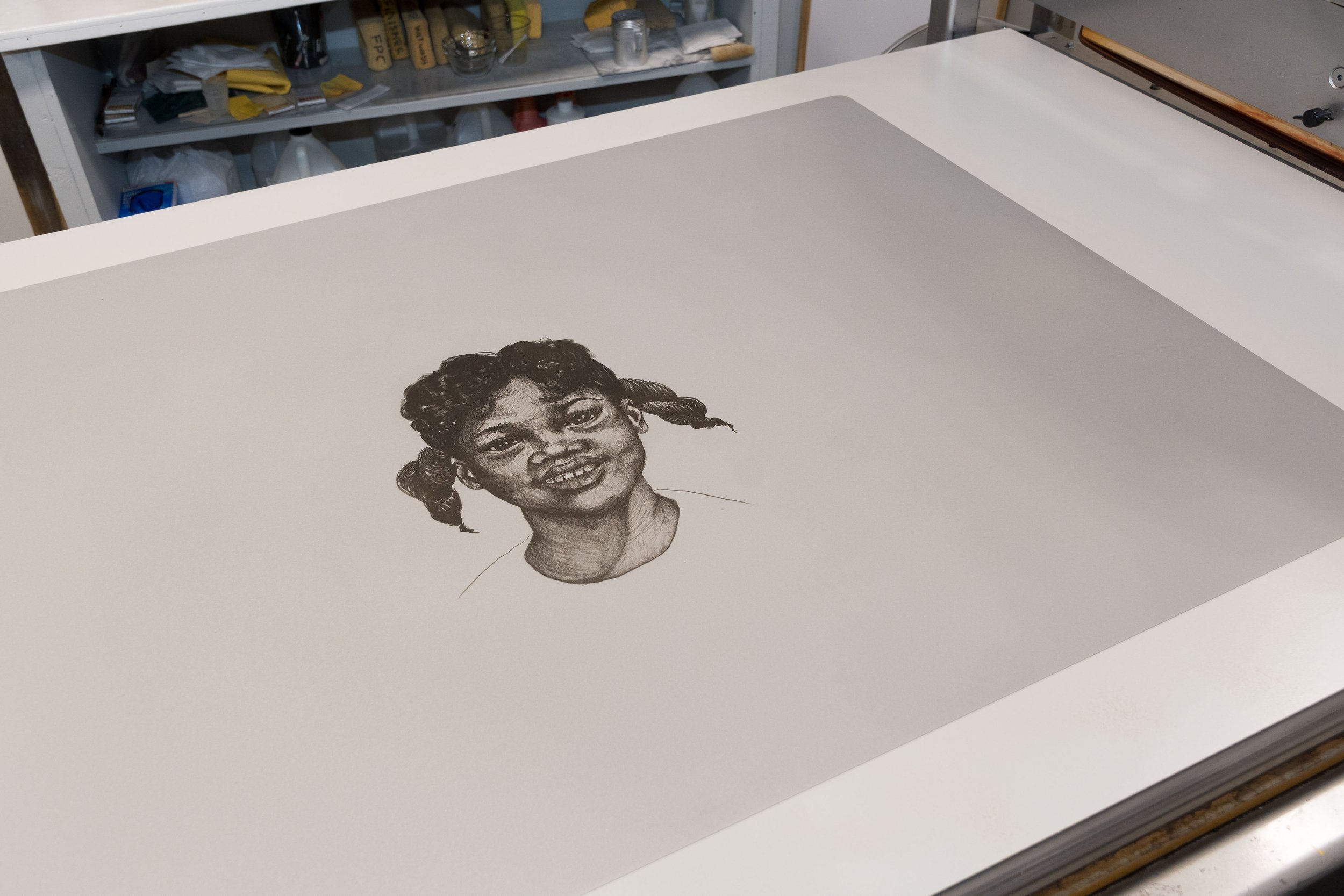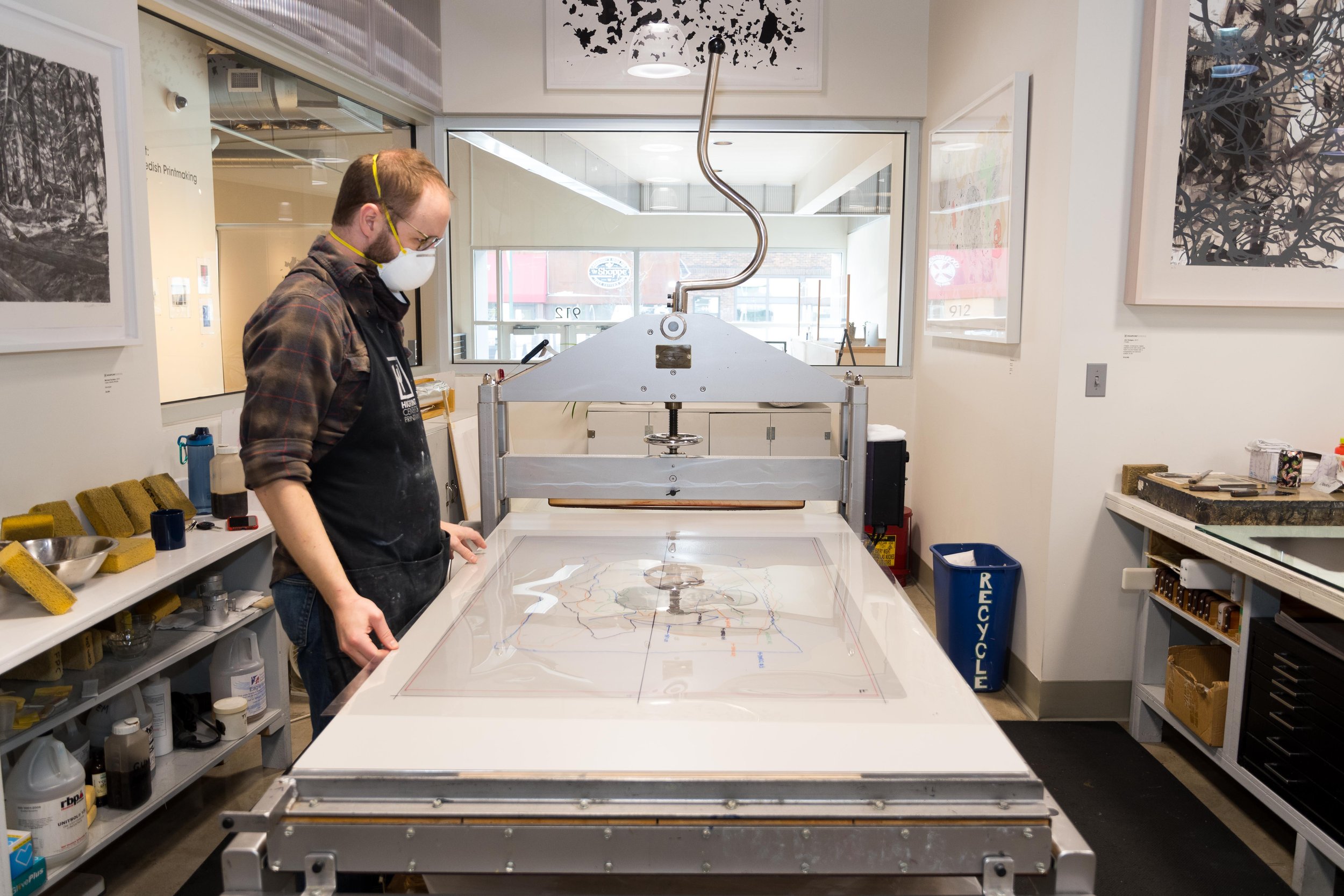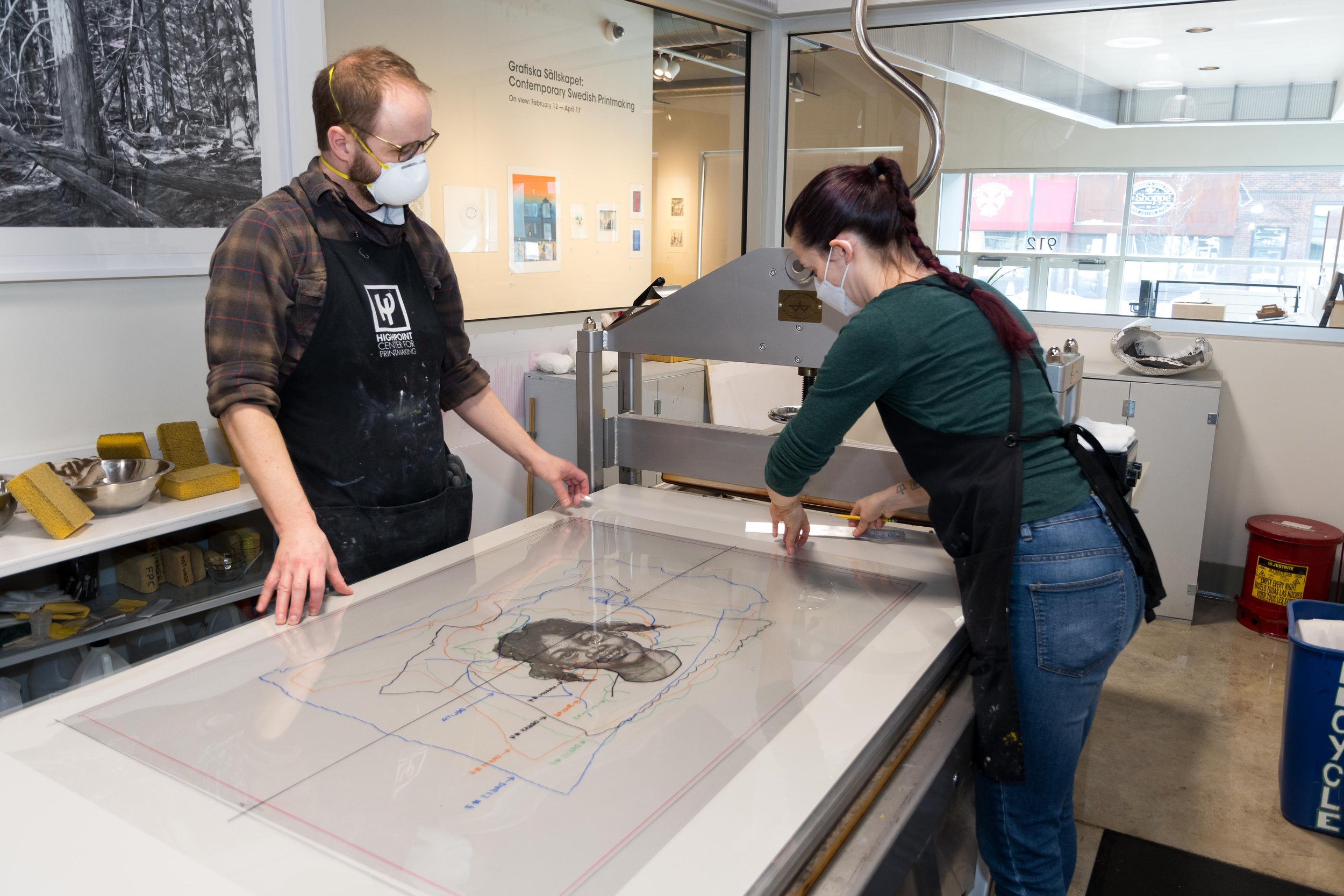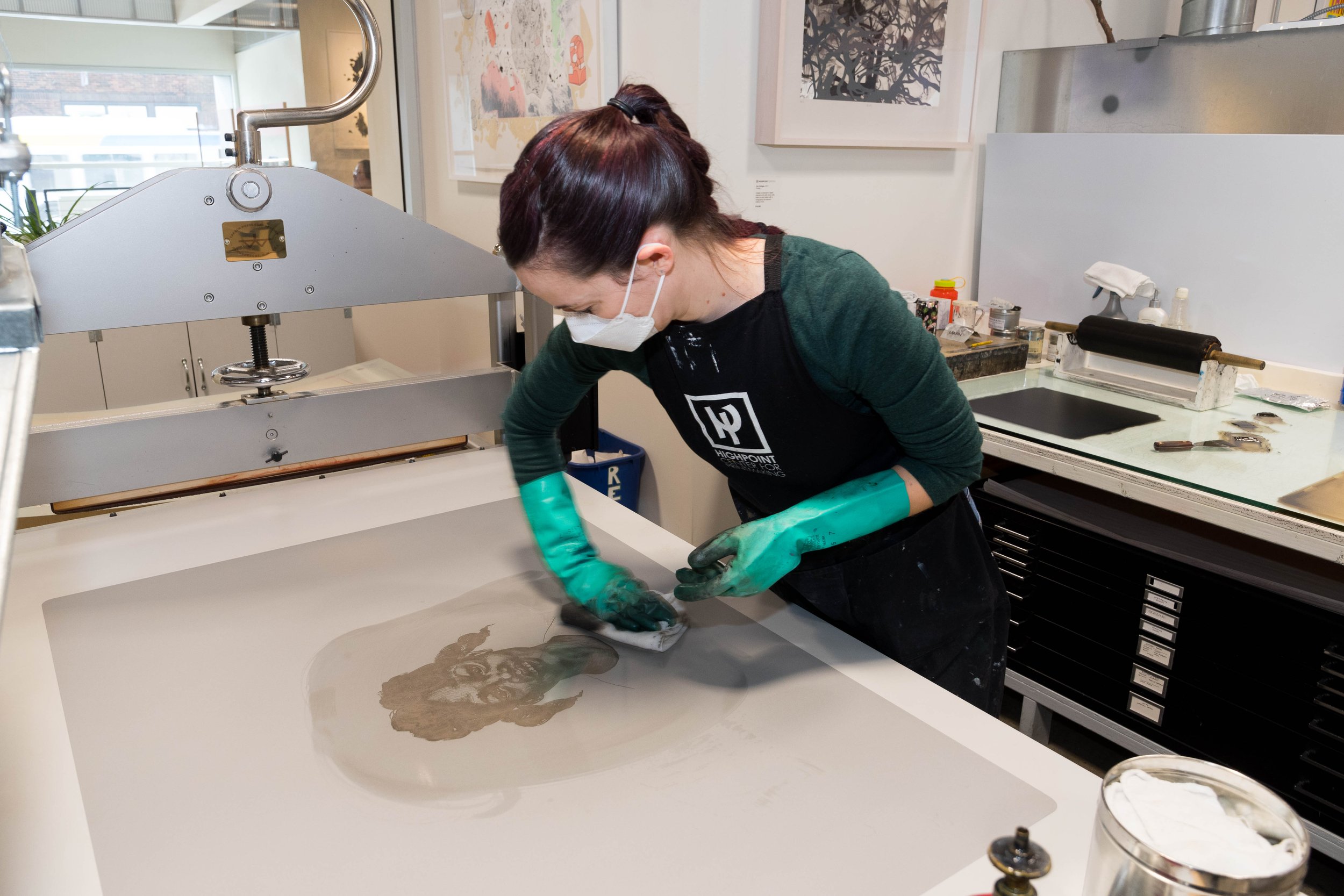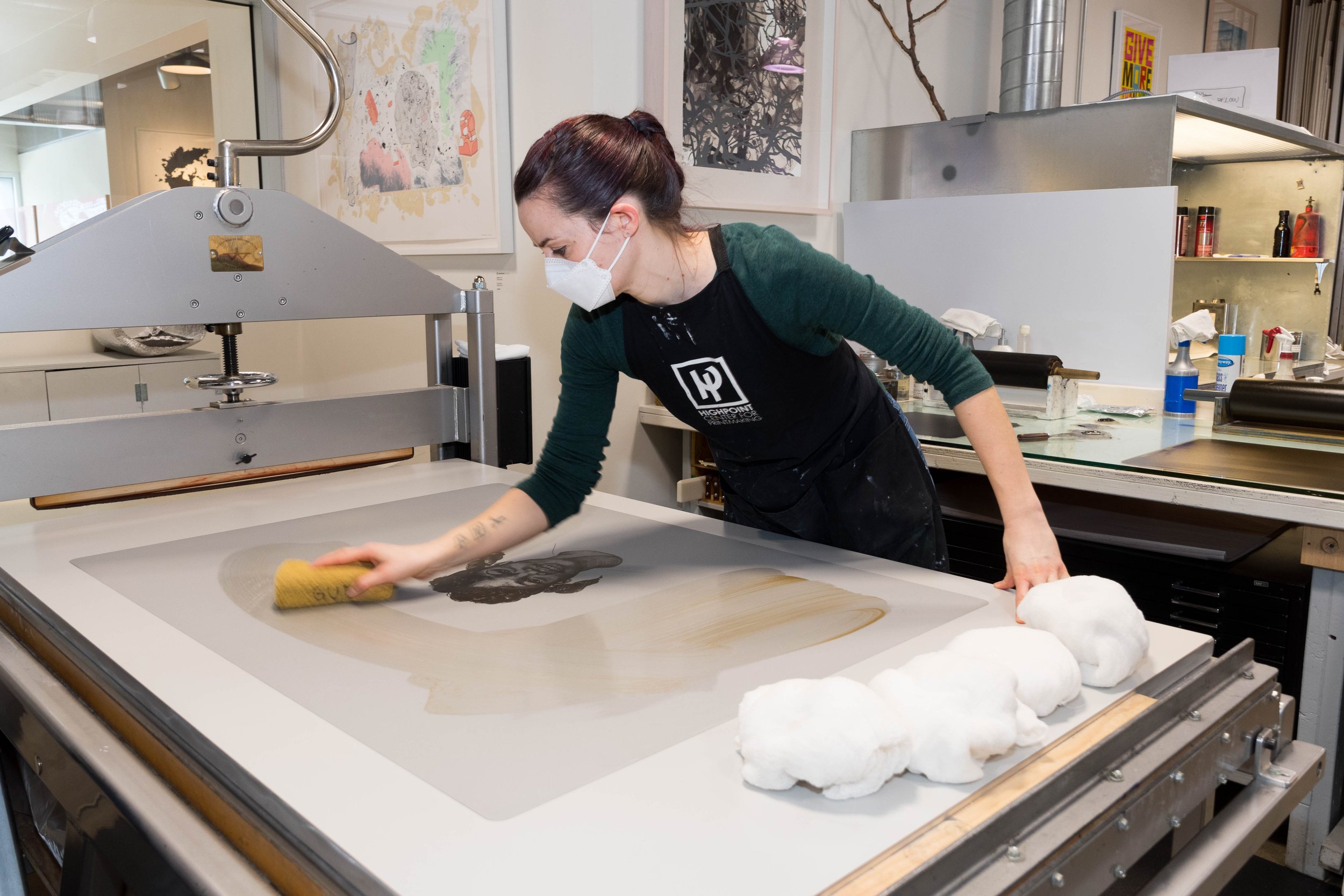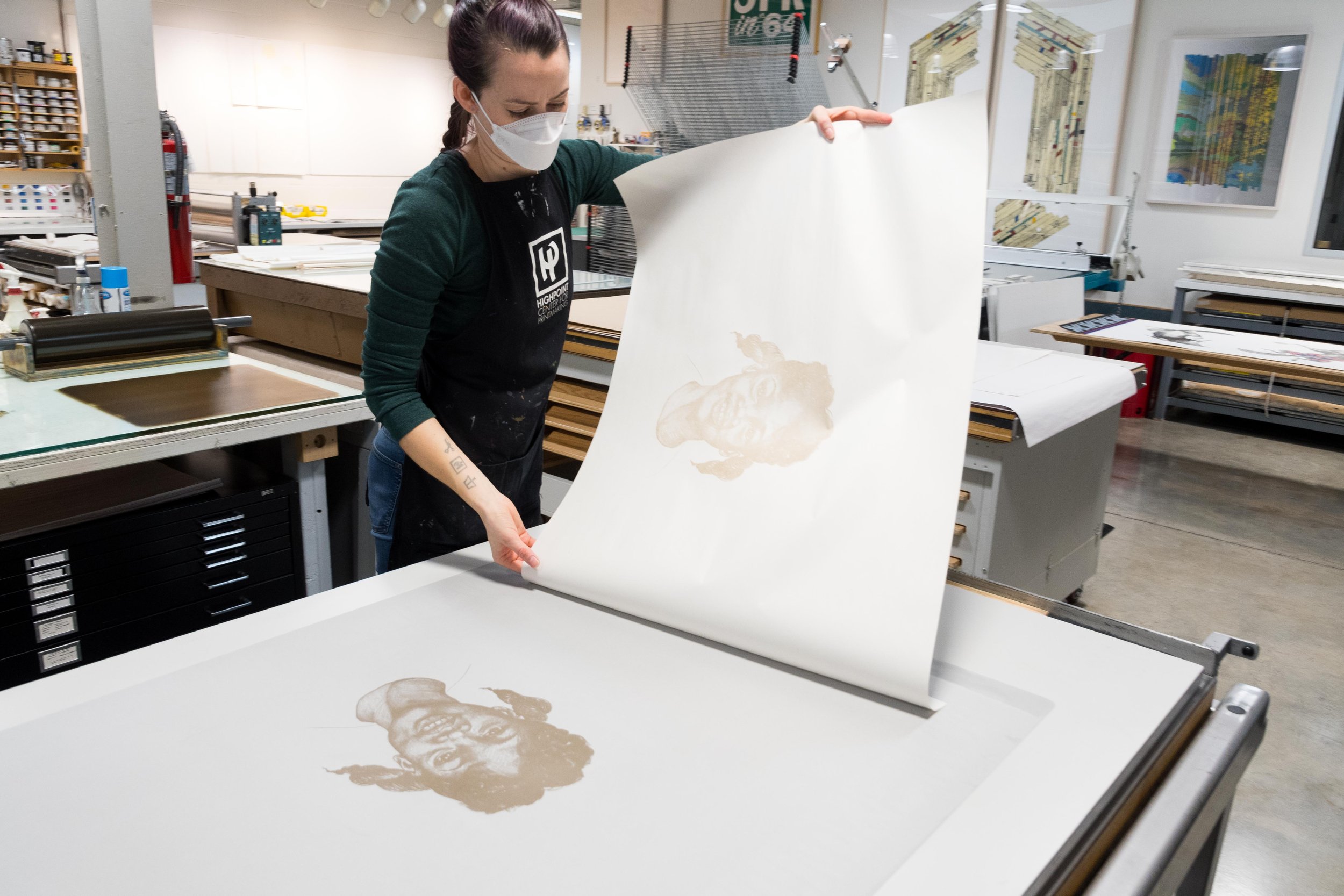FULL PRESS RELEASE:
By: Carol Schuler
Highpoint Center for Printmaking’s Co-Founder Cole Rogers retires and celebrates
22+ years as Master Printer and Artistic Director
Highpoint Center for Printmaking Continues Successful Legacy
MINNEAPOLIS, MN (Apr. 18, 2023) – Co-founder, Artistic Director, and Master Printer Cole Rogers has announced his retirement from Highpoint Center for Printmaking. Established in 2001, Highpoint nurtures the art of printmaking by providing educational programs, community access, and collaborative publishing opportunities.
Founded by Cole Rogers and Carla McGrath, Highpoint Center for Printmaking is recognized as the only community-based printmaking center of its caliber in the Upper Midwest. Executive Director Jehra Patrick will continue that vision for Highpoint to further the art of printmaking in exceptional ways.
“I am proud of the work Highpoint has done over the past two decades, born out of a first discussion and dream in August of 1997,” said Rogers. “I am so grateful to have shared this adventure with hundreds of accomplished artists, many wonderful Highpoint Board members, staff, interns, and co-op members, and tens of thousands of community members and stakeholders. It has been an honor and privilege of a lifetime. My time at Highpoint is ending, but I will continue printmaking and teaching as the future unfolds.”
During his 20+ year tenure as Artistic Director and Master Printer of Highpoint, Rogers collaborated with scores of artists to cultivate their vision through printmaking. He guided Highpoint’s curatorial committee, led and facilitated artistic programming, managed printshop staff, and scouted and nurtured new talent for the Highpoint Editions visiting artist program. Rogers has collaborated with over 50 professional artists to create hundreds of prints and multiples: from internationally known artists like MacArthur Fellows Julie Mehretu and Njideka Akunyili Crosby, to Do Ho Suh, Jim Hodges, to self-taught artist Donovan Durham.
“Cole is a dedicated organizational leader, mentor, educator, and friend to many," said Highpoint Executive Director Jehra Patrick. “His deep love and commitment to printmaking has impacted our local community and is evident nationally. Together, Cole and Carla cultivated a thriving community of artists, learners, collectors, and enthusiasts brought together by printmaking — we are honored to steward this legacy of artistic and educational excellence into the future.”
“Artists fall in love with potential,” said artist Willie Cole. “Cole Rogers, as the founder and Director of Highpoint, nurtures this potential through optimism, patience, and professionalism to help artists create amazing prints.”
“I am so proud of and grateful for the work we created together as well as the lasting friendships that came through the experience of the beauty of collaboration,” said artist Dyani White Hawk. “I am but one of many people whose practices and lives have been enriched through participation in Cole and Carla’s vision of creating increased accessibility to printmaking.”
“Cole is one of the most talented and generous printmakers I’ve had the pleasure of working with,” said artist Julie Mehretu. “He embodies the full spirit of democratization of printmaking in the creation of Highpoint with the artists and students he has worked with over the years. He’s given an enormous gift to the community of Minneapolis.”
“In founding Highpoint, Cole Rogers and Carla McGrath created what is now one of the Twin Cities’ most vibrant and vital nonprofit art spaces,” said Siri Engberg, Senior Curator and Director of Visual Arts at the Walker Art Center, and a founding board member. “The professional print workshop is a haven for artists working in the medium – a place of perfect synergy where one’s vision can be realized through Cole’s technical collaboration and innovation at the highest level. I have yet to meet an artist he has worked with who has not been positively changed by the experience of working there.”
Highpoint is forming an executive search committee to identify the best possible successor.
About Highpoint Center for Printmaking:
Highpoint is a nonprofit organization dedicated to advancing the art of printmaking. Its goals are to provide educational programs, community access, and collaborative publishing opportunities to engage the community and increase the appreciation and understanding of the printmaking arts. Highpoint Center for Printmaking offers a variety of programming including educational classes for kids, adults, and community members, a print shop co-op space that provides access to local artists to create work in a supportive workshop environment, a visiting artist program with national and international artists who can produce work with a master printer, creative residency, fellowship, and scholarship programs to support early career and professional artists, and a gallery space that is fully accessible to the public. Highpointprintmaking.org


